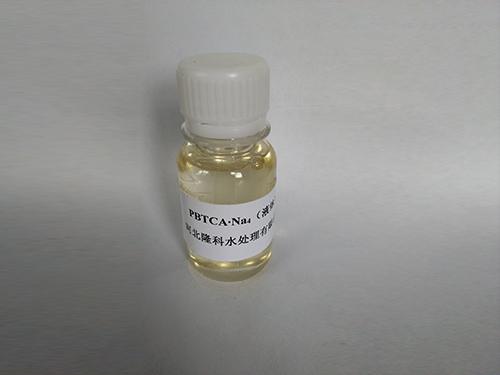water coagulation and flocculation
Water Coagulation and Flocculation An Essential Process for Clean Water
Water is an indispensable resource for life, and ensuring its cleanliness and safety is of paramount importance. Among various water treatment processes, coagulation and flocculation play a critical role in the removal of suspended solids, colloidal particles, and microorganisms from water. These processes help produce safe drinking water, protect public health, and preserve the quality of aquatic ecosystems.
Coagulation The Initial Step
Coagulation is the first step in the water treatment process. It involves the addition of chemical coagulants - such as alum (aluminum sulfate), ferric chloride, or polyaluminum chloride - to the water. These chemicals help neutralize the electric charges of suspended particles, which are typically negatively charged. Under natural water conditions, these particles repel each other due to their similar charges, preventing them from clumping together. However, upon the addition of coagulants, the charge neutrality leads to the destabilization of these particles, allowing them to come closer together.
The effectiveness of coagulation is influenced by several factors, including pH, temperature, and the concentration of coagulant chemicals. Optimal pH levels are crucial, as coagulants perform best within a specific range. For instance, alum is most effective in slightly acidic conditions. Operators often conduct jar tests, where water samples are treated with different coagulant dosages to determine the ideal amount needed for effective coagulation in specific water conditions.
Flocculation Building Larger Aggregates
After coagulation, the flocculation process follows. Flocculation involves gentle mixing of the water to encourage the coagulated particles to stick together, forming larger aggregates known as flocs. These flocs are easier to remove from the water in the subsequent sedimentation or filtration stages. The mixing is typically accomplished using paddle mixers or slow-speed agitators, promoting a collision between the flocs without breaking them apart.
This step is notable for its importance in enhancing the efficiency of the water treatment process. The size and density of the flocs influence the settling rate during sedimentation. Larger and denser flocs settle more efficiently under gravity. Thus, the flocculation process is meticulously controlled to achieve optimal floc sizes that facilitate effective separation in the next treatment stage.
water coagulation and flocculation

Importance in Water Treatment
The significance of coagulation and flocculation cannot be overstated, as these processes are integral to producing safe drinking water. Through the removal of suspended solids and microorganisms, they reduce turbidity and improve the overall quality of water. High turbidity can harbor pathogens and other harmful substances, making its removal essential for safeguarding human health.
Moreover, these processes are also crucial in the treatment of wastewater. They help remove pollutants and suspended materials before further treatment, such as biological processes. Efficient coagulation and flocculation can significantly reduce the load on subsequent treatment steps, thereby enhancing the overall efficiency of water treatment plants.
Advancements and Innovations
Research and advancements in water treatment technology have also led to the development of alternative coagulants, such as natural coagulants derived from plants. These alternatives may pose fewer environmental concerns and lower health risks compared to traditional chemical coagulants. Moreover, innovations in real-time monitoring and automation of dosing practices are helping optimize coagulant usage, reducing chemical consumption and operational costs.
Conclusion
In conclusion, coagulation and flocculation are vital processes in the treatment of both drinking water and wastewater. They serve to remove impurities, improve water quality, and contribute to public health and environmental protection. Continued advancements in this field will enhance the efficiency and sustainability of water treatment practices, ensuring that this precious resource remains safe and clean for future generations. Understanding and optimizing these processes is essential for professionals in the water treatment industry, as they strive to meet the increasing demands for clean water in a rapidly growing world.
-
Water Treatment with Flocculant Water TreatmentNewsJun.12,2025
-
Polymaleic AnhydrideNewsJun.12,2025
-
Polyaspartic AcidNewsJun.12,2025
-
Enhance Industrial Processes with IsothiazolinonesNewsJun.12,2025
-
Enhance Industrial Processes with PBTCA SolutionsNewsJun.12,2025
-
Dodecyldimethylbenzylammonium Chloride SolutionsNewsJun.12,2025





